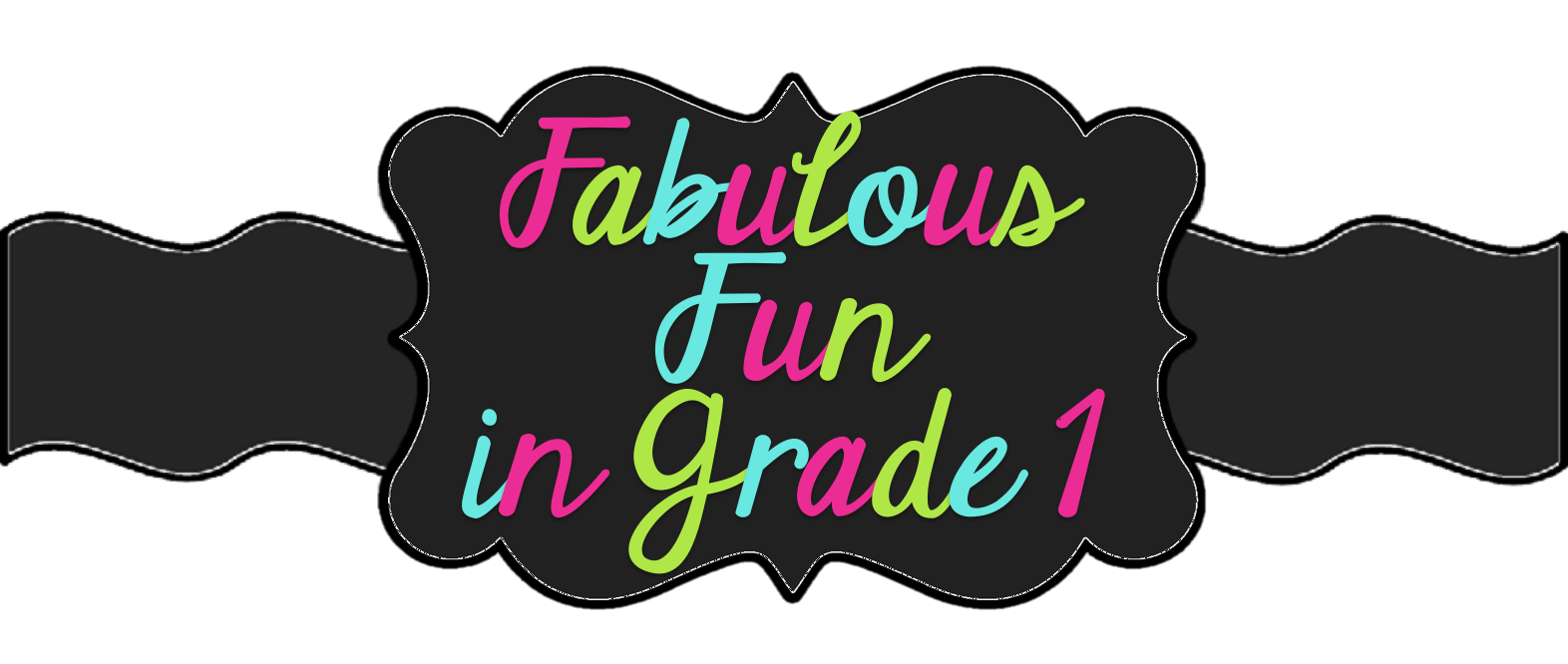My county does not have a set math textbook or resource that we all use. In fact, in the four years that I have been teaching, I have never seen a math textbook or teachers guide. For one of my masters classes I was asked to evaluate a textbook that I had access to. Since I do not have a textbook that I use daily, I chose to closely examine the "EngageNY" resource that my teammate and I use for our math block.
This resource does a great job of linking all the lessons together. Students are not jumping around from one concept to another, but flowing smoothly. However, the lessons do not provide much for differentiated instruction across various development levels. Students are all doing the same tasks as a whole group. (This is one reason I chose to teach my whole group lessons in my small groups, I can now provide the extra scaffolding or advanced questioning that my students need.) Students do have an opportunity to practice independently and then talk with the class about how they solved their problems or the strategies they used. This part does lend itself to great discussions.
This curriculum follows a very modern style of teaching. Students are using number bonds and relating facts, they are encouraged to draw pictures or use manipulatives. The lessons do not follow the same format in which I was taught. Students are encouraged to think for themselves and help the teacher move the lesson. This resource does not have the teacher up talking for 30 straight minutes, but instead has the students talking with a partner and answering questions to help themselves gain knowledge.
My ideal math curriculum would give students a variety of examples, as as experiences. Students should have the opportunity to chose the method they would like to solve a problem instead of having to do it a certain way. The ideal curriculum would introduce multiple strategies, but not force a student into using one particular strategy. Just like in reading we do not always make predictions, or chunk words. We know many strategies to help us read but we must decide which one works best in a given situation. The same applies for math, students need all the tools, but must decide which one is the most useful for a given problem. The ideal curriculum would also have students up moving around. Students would not simply be sitting on the carpet or at their seats working problem after problem. They need to be working with partners or group members on a common task. This could be real world application problem or even a simple word problem. Having students working together allows for discussion and brain storming. Another aspect of an ideal curriculum would be differentiation, suggestions for tasks for students who are struggling, as well as for students who are above level. This does not mean that the teacher must do those tasks, but examples to help the teacher design his/her own task to meet the needs of all students. The final thing I would put into the ideal curriculum is writing after each unit or every few lessons. There is a big push for writing across curriculum's, not only in reading. Students being able to put their thoughts and ideas about math down in writing is just as important as them being able to express their ideas in any other curriculum. This type of curriculum is most suitable for mathematics teaching and learning because it can scaffold student learning while also encouraging students to use critical thinking skills. Teamwork also allows students to develop those communication skills that are necessary outside of the classroom.

No comments:
Post a Comment